Small bedrooms are the biggest challenge in contemporary decoration. In a world where space is increasingly scarce, interior design for small bedrooms has become essential.
Small bedrooms, becoming increasingly common in urban architecture, present unique challenges that require practical solutions, a good eye, a sense of space, and creative options. Transforming small bedrooms into functional and visually attractive areas requires knowledge and innovation.
The importance of a well-thought-out design goes beyond simply organizing space or optimizing every available centimeter. Optimizing a small area is an increasingly valuable skill. However, the challenge is even more significant when we work with bedrooms. It balances aesthetics and functionality, promoting well-being, comfort, ergonomics, and efficiency. Therefore, intelligent design choices can make a significant difference, providing your clients with spaciousness and freedom, even in more compact bedrooms.
From using modular furniture to choosing the right colours and lighting, each approach to maximizing space aims to transform a limited bedroom into a practical and stylish retreat. We want to provide a comprehensive guide that inspires and offers concrete solutions to interior design professionals' challenges worldwide.
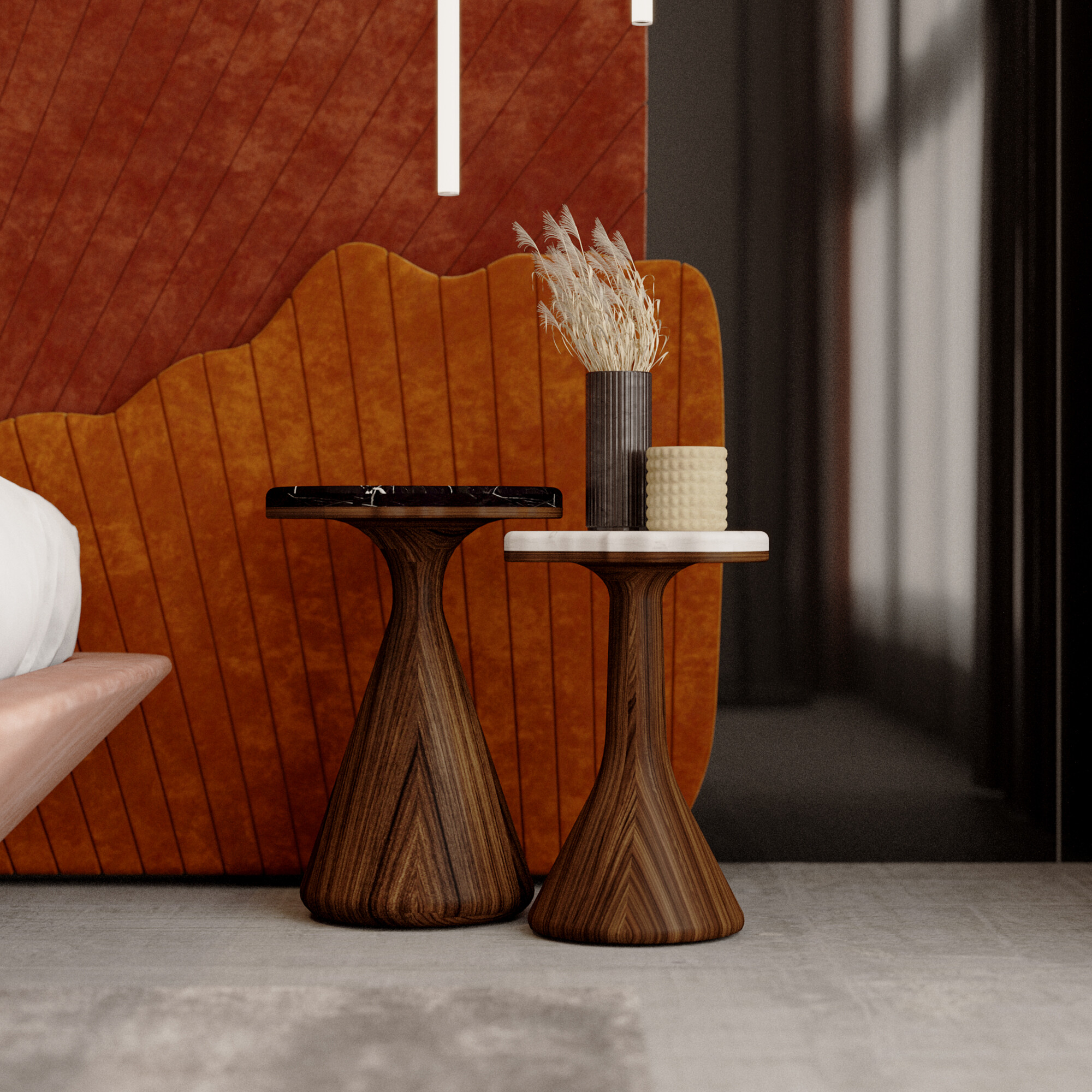

Interior design is not just a task, it's a creative challenge. Transforming small bedrooms, where every square inch must be maximized, requires not just knowledge but also a spark of creativity and a dash of innovation. These are the key ingredients to creating aesthetically pleasing and highly functional spaces in compact areas.
Small bedrooms present unique challenges that require specific solutions. Lack of space can easily lead to a feeling of clutter and confinement, negatively impacting residents' well-being. However, these challenges are opportunities to apply innovative and creative design techniques that can completely transform a room.
The key to an effective small bedroom design is simplification. Start by creating a moodboard to ensure you have a plan of images, colours, pieces, and inspirations to guide you to the final result.
Choosing furniture that fulfills multiple functions and eliminating unnecessary items are fundamental to creating an organized and pleasant space. For example, opting for beds with built-in drawers or sofa beds can free up valuable space, while floating shelves and built-in cabinets help maximize storage without cluttering the room.
Each choice you make as an interior design professional is crucial. Your decisions to optimize space and improve residents' quality of life are not just tasks, they are significant contributions. Simplicity, functionality, and aesthetics are the fundamental pillars for transforming compact bedrooms into harmonious and inviting spaces, and you are the one who brings these pillars to life.
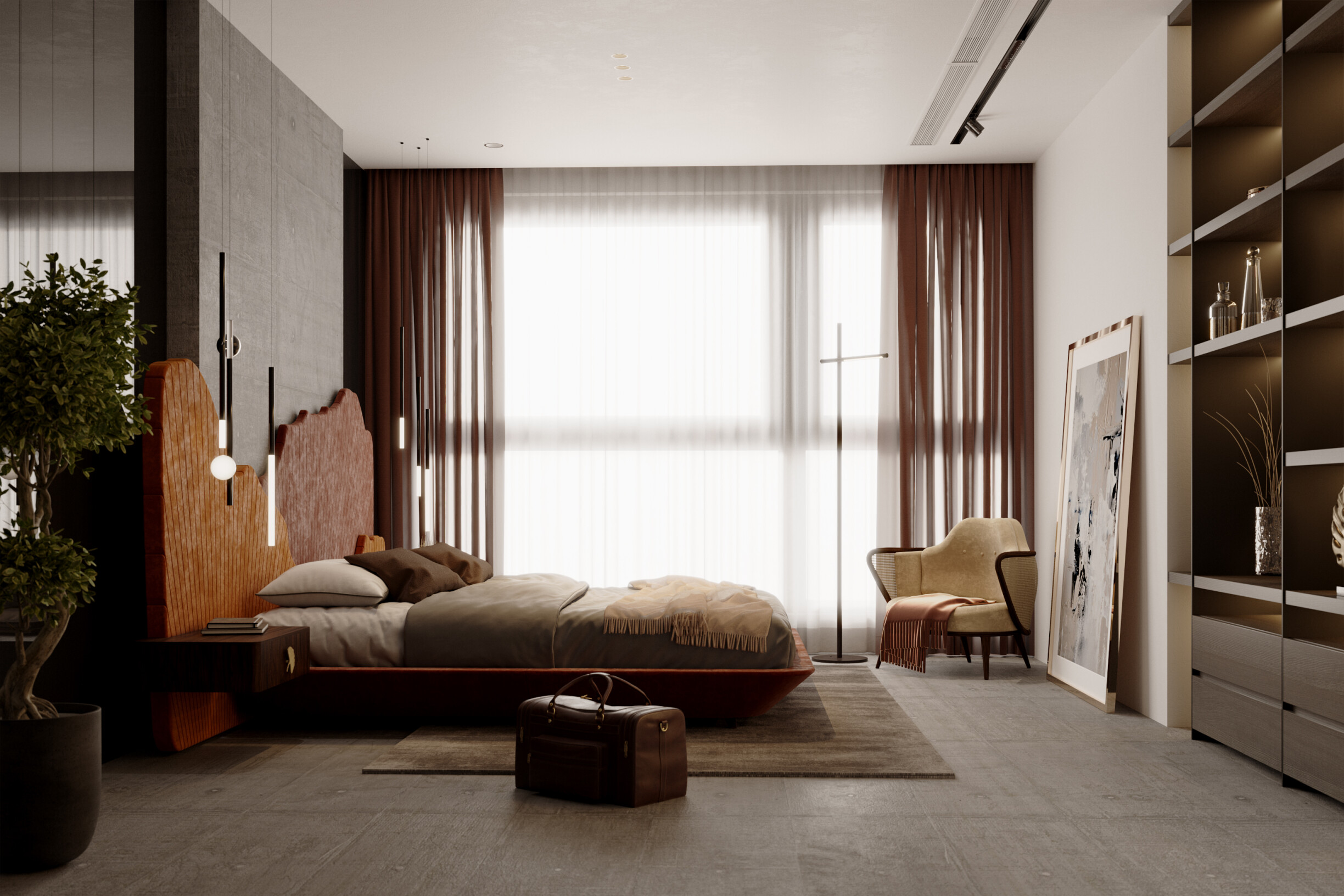
Effective small bedroom design involves smart choices that maximize available space and improve functionality and aesthetics. Here are five essential strategies for transforming small bedrooms into inviting, practical spaces.
“To have a 9-foot sofa in a small room can be kind of treacherous.”
Michael S. Smith, American interior designer
Modular furniture, a versatile and efficient solution for small bedrooms, allows the space to be customized according to your client's needs and preferences. It can be easily adapted to the available space and reconfigured to adapt to different functions, which is crucial when discussing compact spaces.
Modular shelving systems can be adjusted to different heights and widths in a small bedroom. They can also serve as room dividers, bookshelves, or television stands.
When choosing a bed, the star of any room, opting for an adaptable solution will be the best option. A sofa bed can quickly transform from a living space to a sleeping area, saving space during the day and providing comfort at night. On the other hand, beds with built-in drawers or storage space are perfect.
The choice of colours and lighting can make a massive difference in the perception of space and the atmosphere of a small room. Light colours and adequate lighting can create a feeling of spaciousness and welcoming. However, it is essential to use neutral colours sparingly.
“Oddly enough, white is a dead tone in a small room. Choosing something with a more medium tone will make the space feel larger.”
Emily Henderson, interior designer

Balancing light colours with pops of colour can add personality and interest to a room without compromising the feeling of space.
You can paint the walls in light colours, such as white, beige, light gray, or pastel tones, to reflect more light. The snow white tone is ideal for creating a clean and bright background, visually expanding the space, and the soft beige offers warmth and welcome without darkening the room. The best complement to light-coloured walls will be touches of colour in accessories and small decorative elements. This way, you will create visual interest and highlight the room's personality. Choosing a bed with a headboard in vibrant tones, such as cobalt blue, emerald green, or mustard yellow, like the Ginkgo bed from ALMA de LUCE, will bring life to the room.
Since maximizing natural light is essential in small bedrooms, you can use two strategies:
Strategically position mirrors in front of windows or adjacent walls to reflect natural light and create the illusion of a larger space. A large mirror like Firefall from ALMA de LUCE on one of the main walls can create a sense of depth. On the other hand, smaller mirrors with decorative frames can be grouped on a wall, functioning both as decoration and as space expanders.
Opt for sheer curtains or blinds that allow light in while maintaining privacy.
One of the biggest challenges in small bedrooms is maximizing storage without sacrificing space. Creative storage solutions help maintain organization and functionality, making the space practical and aesthetically pleasing.
Furniture with built-in storage, use of vertical space, and multifunctional furniture like beds with built-in drawers or sofa beds help create an orderly and functional room. Practical organization tools also play a crucial role in maintaining organization and functionality, making the space useful and aesthetically pleasing. The most important thing is to invest in ergonomic furniture to ensure the physical comfort of clients but also promote their emotional and mental well-being.
Choosing the right decorative style is essential for optimizing small bedrooms. Styles that emphasize simplicity and organization help avoid visual clutter and create a more spacious, welcoming area. Let's analyze some effective decorative styles in this type of area?
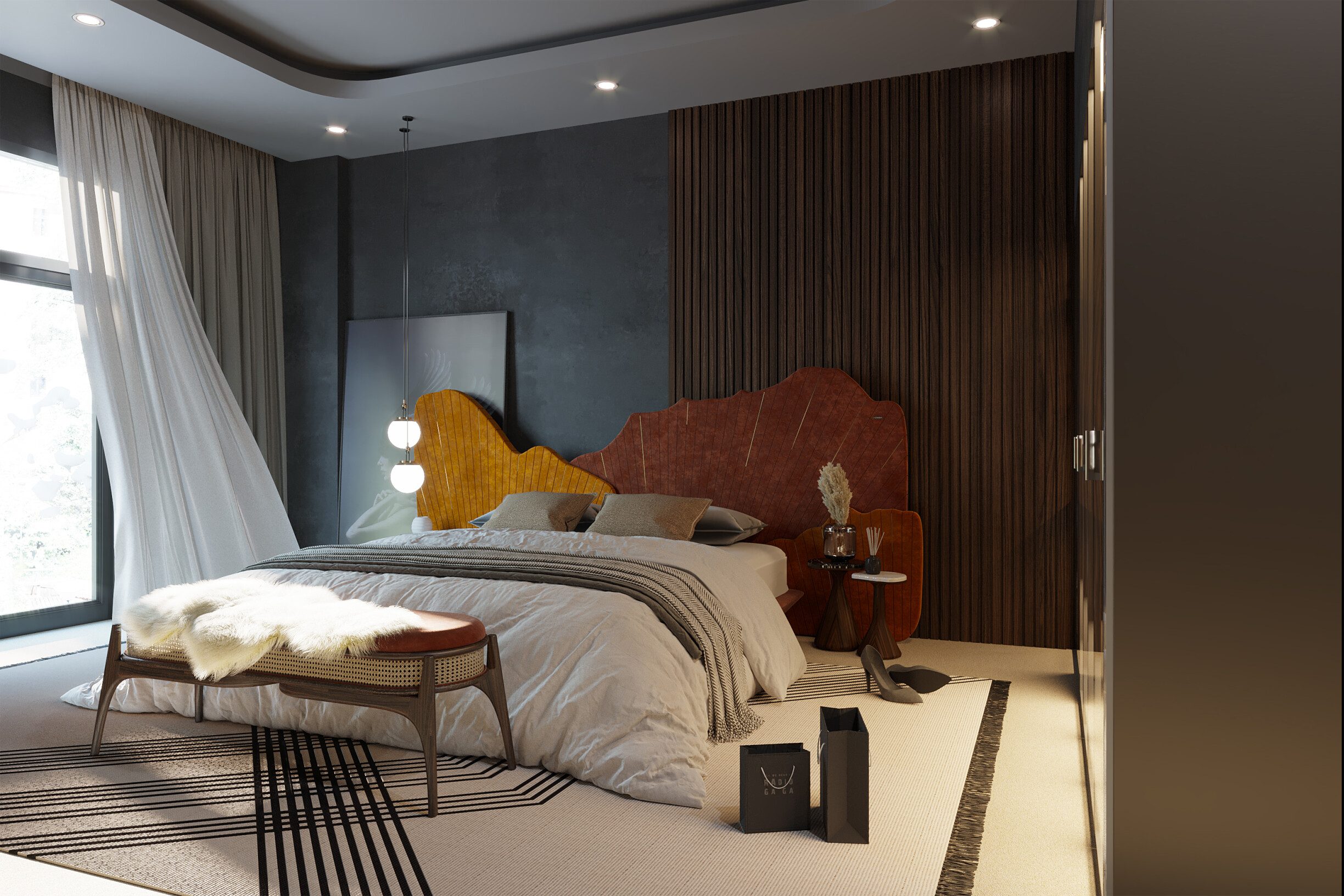
Minimalism is a decorative style that emphasizes simplicity and functionality, eliminating excess and keeping only the essentials. This style is ideal for small bedrooms, as it reduces visual clutter and maximizes available space.
Scandinavian style combines functionality with a welcoming aesthetic and is known for using natural materials and a light colour palette. This style is perfect for small bedrooms, as it promotes a feeling of spaciousness and luminosity.
Japandi style values beauty in imperfection and simplicity, focusing on natural elements and open spaces. This style is beneficial in small bedrooms as it promotes a sense of calm and order.
The Boho Chic style is known for its eclectic mix of colours, patterns, and textures, which creates a welcoming space full of personality. In small areas, it is crucial to balance decorative richness with functionality.
Finally, the best way to maximize space in small bedrooms is to create flexible areas to enhance its functionality and versatility. This concept allows the bedroom to serve multiple functions, such as sleeping, working, studying, and relaxing, without compromising aesthetics or comfort.
One strategy is to use furniture to define different zones within the room. For example, a bed with a screen can create a feeling of privacy and clearly define the sleeping area. This solution requires no permanent walls or partitions and can be easily adjusted. Another example is to place a compact desk in a corner of the room to establish a work or study area, taking advantage of natural light to create an area conducive to work.
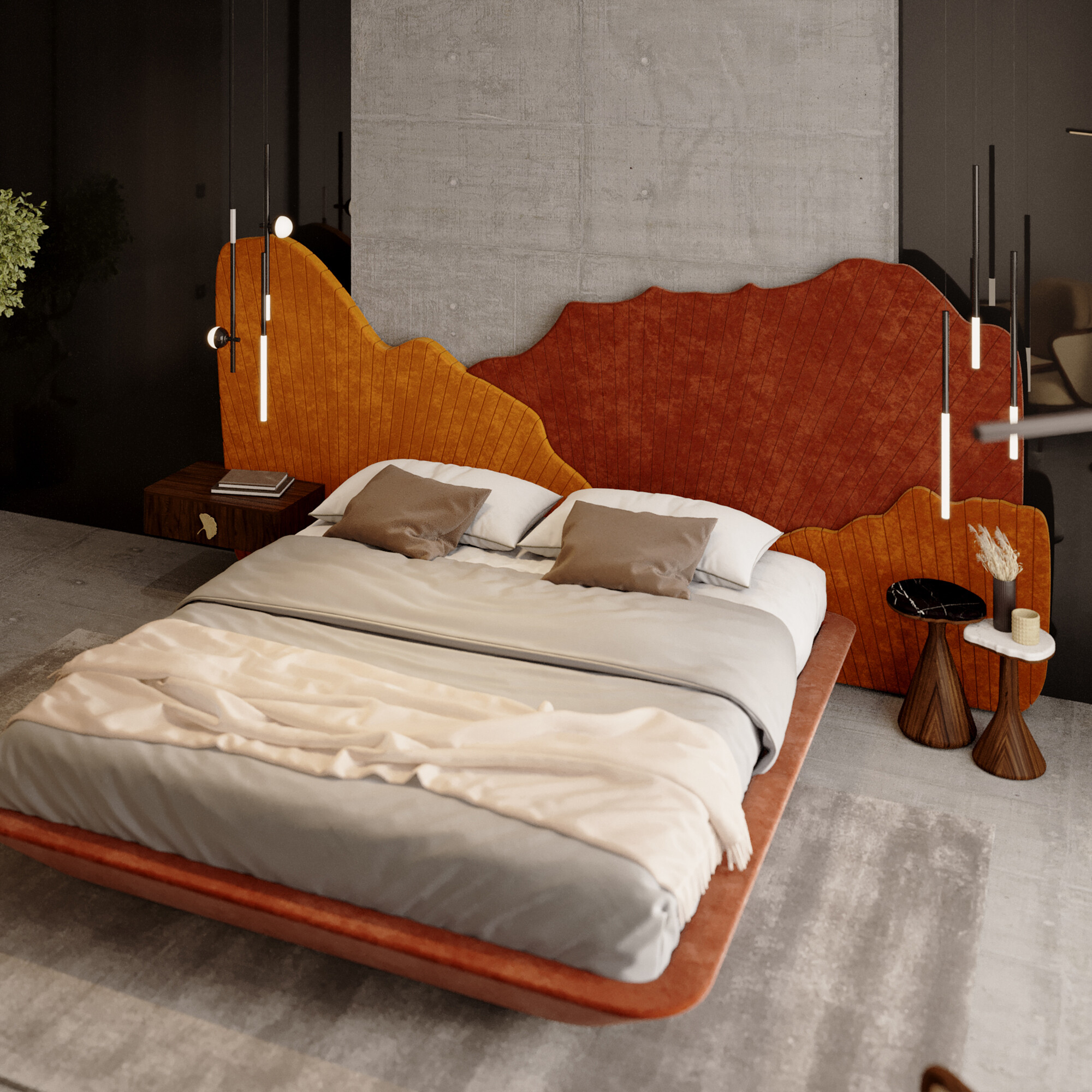
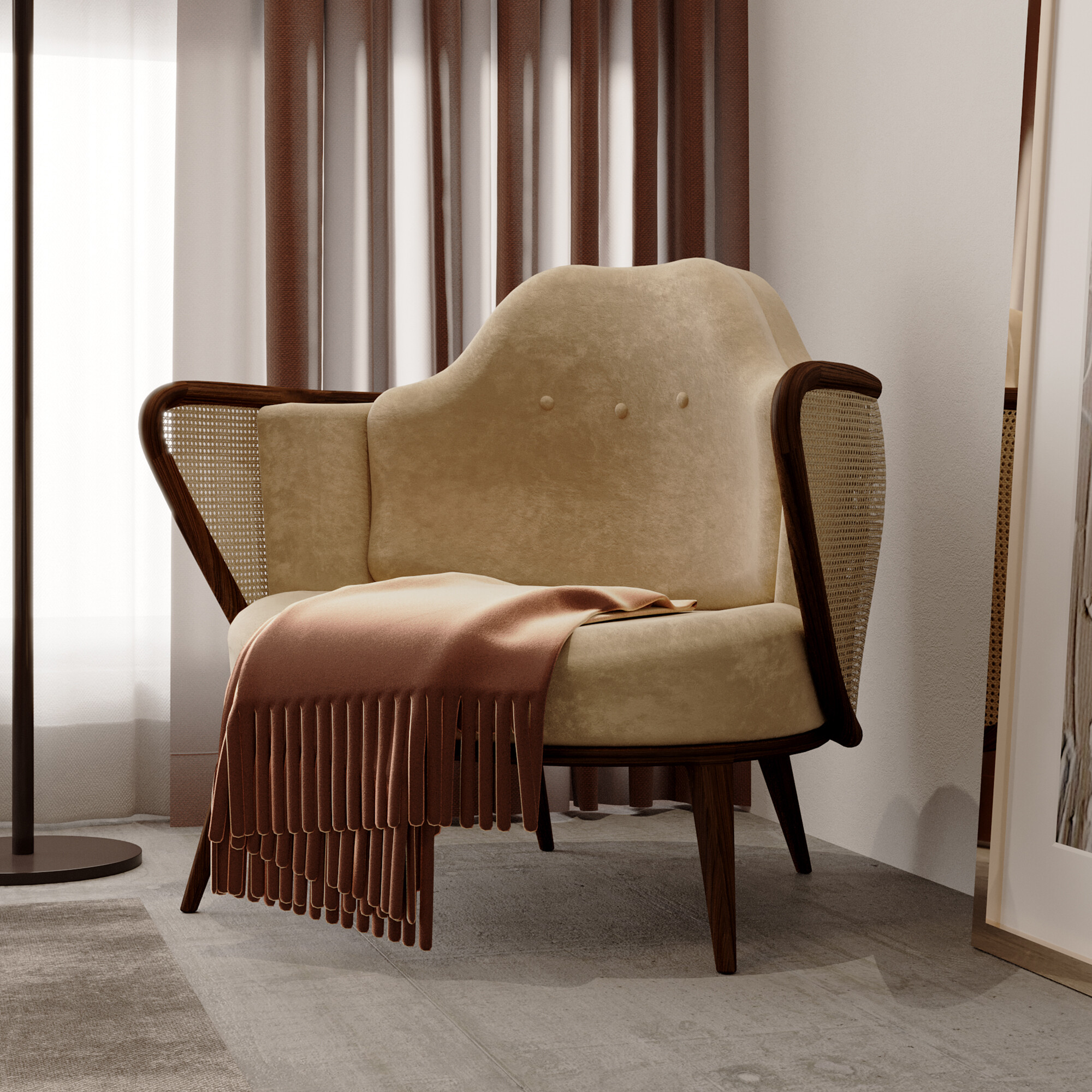
Optimizing small bedrooms requires a careful and strategic approach that combines functionality and style. With the right choices, any compact space can be transformed into a welcoming, elegant, and highly functional space.
Are you ready to start exploring our tips in your small bedroom projects? See some inspirations on ALMA de LUCE's Pinterest that best suit your needs, your tastes, or your client's desires. Also, we will help you to create exclusive and current projects that win over your customers!